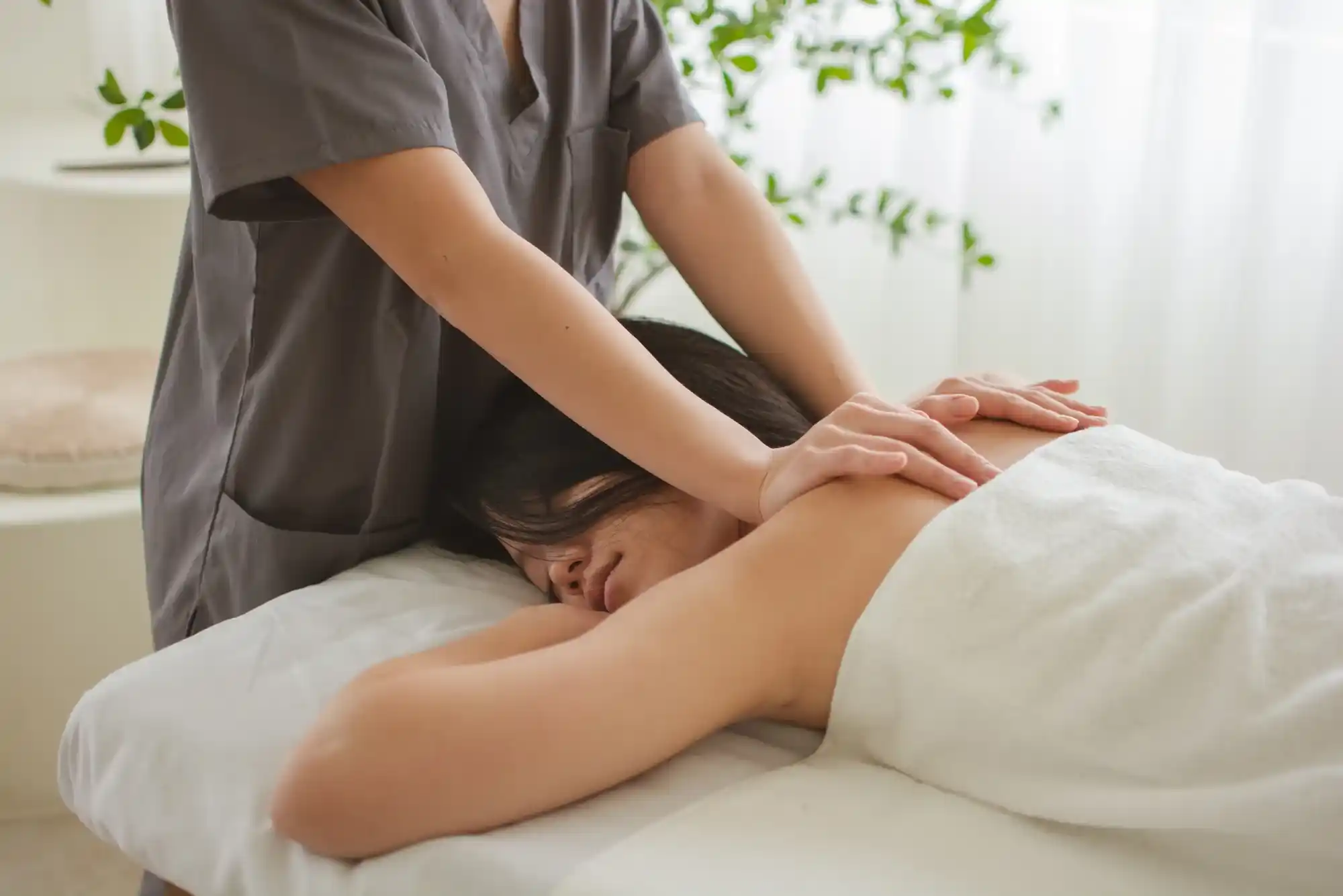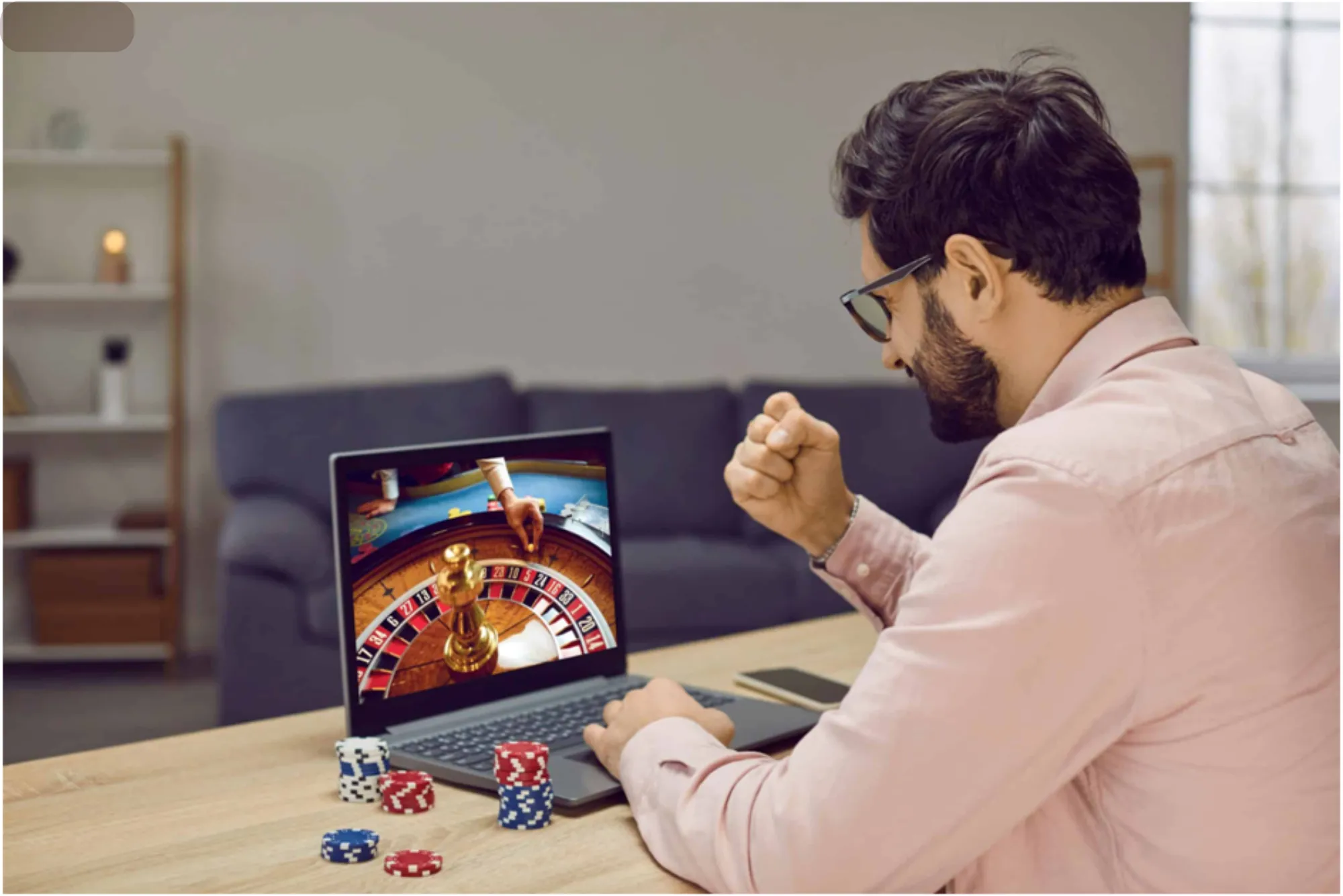

If you’re about to have your very first home massage, chances are you’re feeling a mixture of excitement and curiosity maybe even a little nervousness. That’s completely normal. Inviting a massage therapist into your personal space is a unique experience, and not knowing what to expect can leave you with questions.
As someone who’s not only experienced home massages personally but also spoken to professional therapists and clients over the years, I can confidently say that the first session is usually a pleasant surprise. There’s something truly special about receiving wellness care in your own environment without needing to drive anywhere, wait in a lobby, or re-enter the stress of traffic afterward.
In this post, I’ll walk you through what you should expect during your first home massage from the initial booking all the way to that post-massage calm. You’ll get a full picture of how it works, how to prepare, and what makes this experience both professional and deeply personal.
Your home massage experience starts well before the therapist arrives. Whether you’re booking through an app, a wellness platform, or a private therapist, communication is key. You’ll typically be asked about your preferences, such as the style of massage you want—Swedish, deep tissue, sports, or something more specific like prenatal or lymphatic drainage.
Most therapists will also ask about any health concerns, allergies, or injuries. Be honest during this conversation. It’s not just about getting a great massage, it’s about making sure it’s safe and tailored to your body’s needs. You might also be asked about your home space: Is there enough room to set up a massage table? Will there be pets or other distractions?
Once everything is confirmed, you’ll set a time and the therapist will usually bring all necessary equipment: a massage table, clean sheets, oils or lotions, music, and even optional aromatherapy if requested.
One of the biggest perks of a home massage is not needing to leave your house, but there’s still a bit of prep you’ll want to do. It doesn’t require a complete overhaul of your living room, but creating a comfortable environment can enhance the whole experience.
You’ll need an area large enough to accommodate a massage table, which is roughly the size of a twin bed. Clear a bit of floor space in a quiet room, and ensure there’s enough room for the therapist to move around all sides of the table. Lighting should be soft if possible, many therapists bring their own ambient lights or candles, but a dim lamp can do the trick too.
You might also want to make sure the room is warm enough, especially if you tend to get cold easily. A chilled body makes it harder to relax, and therapists often bring a blanket or heated pad for this reason.
Silence your phone, let your housemates or family know you’ll need privacy for an hour or so, and take a few deep breaths. You’re almost ready to begin.
When your therapist arrives, they’ll likely introduce themselves professionally, remove their shoes at the door (a common courtesy in many cultures and homes), and assess the space. They’ll confirm your preferences again, pressure level, focus areas, music, and whether you have any last-minute concerns.
It’s okay to ask questions or voice any hesitations at this stage. A good therapist will be happy to answer and reassure you. Their goal is to help you feel at ease, and that begins with trust.
They’ll then set up the massage table, line it with clean linens, and step out or turn away while you undress to your comfort level. Just like in a spa, you’ll be covered with a sheet or towel at all times, except for the area being worked on.
Now comes the best part actually receiving the massage. If it’s your first one, you might not know how your body will react. Some people feel immediate relief and relaxation; others might notice emotional or physical tension being released.
If you opted for a relaxation or Swedish home massage, expect long, flowing strokes that help your body ease into a peaceful state. If you requested deep tissue work, the pressure will be more intense, targeting deeper layers of muscle and fascia. Regardless of style, you’re in control. If anything feels too painful or uncomfortable, speak up. Your therapist is there for you and will adjust accordingly.
Try to focus on your breath and allow your mind to slow down. Some clients prefer to chat, while others go completely silent or even fall asleep. There’s no right or wrong way to experience a massage it’s your time.
When the session ends, your therapist will let you know gently. They’ll step out of the room or give you space to redress privately. Afterward, they’ll typically offer you water and ask how you feel.
It’s not uncommon to feel slightly light-headed, sleepy, or even a bit emotional massage releases not just muscle tension but also stored stress. Take your time standing up, drink plenty of water, and avoid rushing into intense activities right away.
One of the underrated benefits of a home massage is that you don’t have to get up and drive anywhere. You can simply move to the couch, take a nap, enjoy a warm bath, or stretch quietly. That alone can prolong the benefits of the session.
A lot of people new to home massage ask the same questions, so here are a few natural concerns addressed in a conversational way:
Do I have to be completely undressed?
Only to your comfort level. Most people undress to their underwear or go fully undressed under the sheet—but you’ll always be draped professionally.
Is my home clean enough for a massage therapist?
Unless you’re living in chaos, chances are your space is just fine. Therapists are trained to work in a variety of home environments and won’t judge you.
What if my pets or kids interrupt?
This happens occasionally, and most therapists understand. However, it’s ideal to arrange for a quiet hour so you can get the most out of your session.
Can I talk during the massage?
Yes, if it helps you relax—but you’re also free to remain quiet. Many therapists follow your lead.
One thing many people don’t expect from their first home massage is the emotional release it can bring. Touch, especially in a safe and supportive context, can help the body let go of stress that’s been quietly building for weeks, months, or even years.
It’s okay if you find yourself tearing up, or if you feel a surprising wave of relief. This is all part of the healing process. The convenience of being in your own space makes it easier to fully relax into that experience without fear of judgment or pressure to leave immediately after.
If your first home massage goes well, you might find yourself considering making it a regular part of your self-care routine. Many people schedule sessions monthly, biweekly, or even weekly depending on their needs and budget.
Over time, you’ll likely find that your therapist becomes familiar with your body’s patterns—where you hold tension, how you respond to pressure, and what you need most. That continuity can enhance the effectiveness of each session, making the home massage experience even more rewarding.
Having your first home massage is more than just a wellness trend—it’s a personal investment in your well-being. From the moment you book to the calm that lingers after the therapist leaves, every step is tailored to you. The convenience, the privacy, and the personalized attention make it an experience worth repeating.
So if you’re on the fence, take the plunge. Prepare your space, communicate openly, and allow yourself the full experience. You might be surprised by just how powerful a simple hour of intentional touch can be, especially when it’s delivered with care, right in the comfort of your own home.

A Look at Dubai Mall’s Most Talked-About Dining Spots in 2025

A Look at Dubai Mall’s Most Talked-About Dining Spots in 2025

The Confluence of Culinary Excellence and Casino Trends in the UAE


The Benefits of Hiring a Professional Clown for Children’s Parties


Near-Expiry Pantry & Sweets in Dubai: Big Savings on Everyday Essentials

كيف يمكنني اللعب في كازينو اون لاين بأمان؟

Ford Raptor 2025 in the UAE: Pricing, Power, and Desert Ready Capability

Behind Every Online Food Order in Dubai Is a Strong IT Support

A Look at Dubai Mall’s Most Talked-About Dining Spots in 2025

A Look at Dubai Mall’s Most Talked-About Dining Spots in 2025

The Confluence of Culinary Excellence and Casino Trends in the UAE